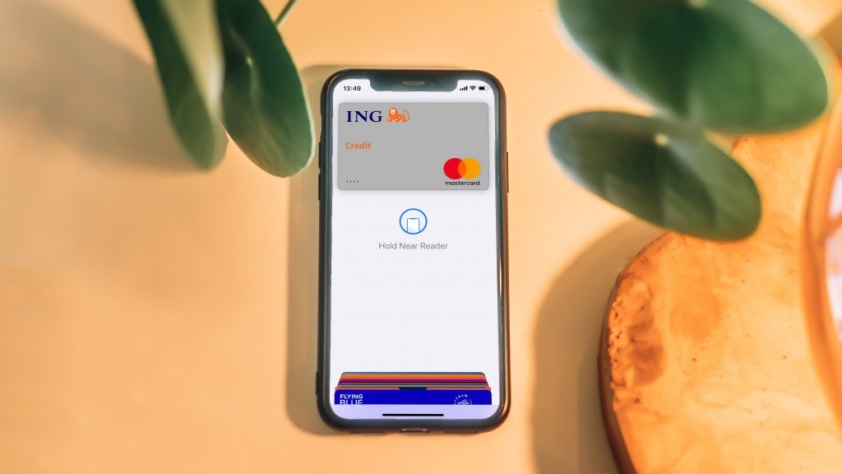A blog can be one of the most advantageous & useful tools to use for a number of different reasons, from helping to answer your user’s most frequently asked questions to selling your products/services. But did you know that it can also have a significant impact on your SEO too?
By combining both technical & on-page SEO techniques, you have the ability to help search engines find your blogpost to the relevant searches (and potential website users!), build your site’s authority as you expand & establish your presence as a credible & trustworthy source.
The way of actioning the above is not too dissimilar to how you optimise the rest of your content: writing in an informative way that meets your audience’s needs and interests whilst keeping it fresh, consistent & of course SEO friendly!
To simplify this process, today, we at Myk Baxter Marketing will share with you our top tips on how to optimise your content in the most effective way. Keep reading to learn more.
Identify your target audience
Before you even press the ‘create new post’ button, it’s vitally important that you identify who’ll actually read it in order for it to be successful.
When defining this, begin by taking a look at your current customer demographics. Who’s already engaging with you? What is their gender, age or location? & do you have more than one audience?
These are questions that could be answered through data sources already in use, including;
- Your Google Analytics data
- The information collected through lead generation or sales
- Through your sales team (if you have one)
Taking a look at your current social media presence is also great for identifying the above, with platforms such as Facebook & Instagram offering easy-to-read audience insight reports straight through your desktop or mobile. Don’t you just love technology!
Interaction is key
Over the last couple of years, platforms such as TikTok have made video content an even more powerful resource, and this is something that can also be carried over into your blog.
Now whilst this may come with a little more effort, it is one that can not be pushed aside as videos tend to keep the user on a page for a certain amount of time leading to a lower bounce rate. The same results can be achieved through imagery, infographics & audio clips too.
However, keeping your audience engaged doesn’t just stop here as you also want to keep them on your site after they’ve finished reading. And this can all be achieved through a great internal linking flow.
By doing this, not only are you helping search engines to find your other relevant authority pages but you’re also encouraging your readers to explore your website for longer. In order to make this effective, make sure to do the following:
- Make sure the links featured are supportive of your article, but also relevant & valuable to what your readers are seeking.
- Keep your anchor text to a five-word limit.
- Use your anchor phrases to provide context for what your reader can expect to find by clicking through.
Make sure your SERPS (Title, Meta Description & URL) are strong.
No one has complete control over how their pages are displayed in search engines, but it’s important that you try – after all this is where the majority of your users will find you, and you want to make a good first impression.
First, begin with choosing an engaging page title, or should we say titles as you have two opportunities for this; in your HTML head element & your meta description.
Starting with your HTML title (as this is what your readers will see first) you want to ensure you do the following:
- Keep it short: On a mobile, search results will show the first 50-60 characters of your page title before clipping it for display.
- Keep it relevant: Your page title should reflect the content of your post so ensure you include solid descriptors of what the reader can expect to find.
- Keep it unique: repeated content is never going to be useful for your SEO or audience, so make sure to create a fresh title for every piece of content you publish.
Once you’ve nailed this, turn your focus to your meta description. Now, whilst it may not massively affect your SEO score, this can have a significant impact on your click-through rate meaning this is your opportunity to grasp your audience’s attention.
However, we must also note that Google sometimes can amend your meta description depending on user searches so the same one may not show all of the time. Bearing this in mind, see below some tips on how to create a strong description:
- Keep within the character count: this is up to 160 characters so about two sentences.
- Keep the most relevant information in the first sentence, as this is what users will see first.
Finally, you want to put yourself in the mind of your users and reflect on your URL. Is it reflective of the post and it’s content? Will your audience be able to realise this on the URL alone? If the answer is no, we recommend tweaking until you see fit.
Some other tips to bear in mind:
- Make sure your blogposts are mobile friendly – avoid long paragraphs, make sure your visuals work and that your anchor texts/call to actions are linked properly.
- Answer FAQs within your blogs
- Leave links to your website & contact information!
For more support on how to optimise your blog content, reach out to us today!
Telephone number: 01325 939 838
Address: 2 Peel Court, St Cuthberts Way, Darlington, County Durham, DL1 1GB
The post How To Make Your Blogposts SEO Friendly appeared first on eCommerce Expert.





